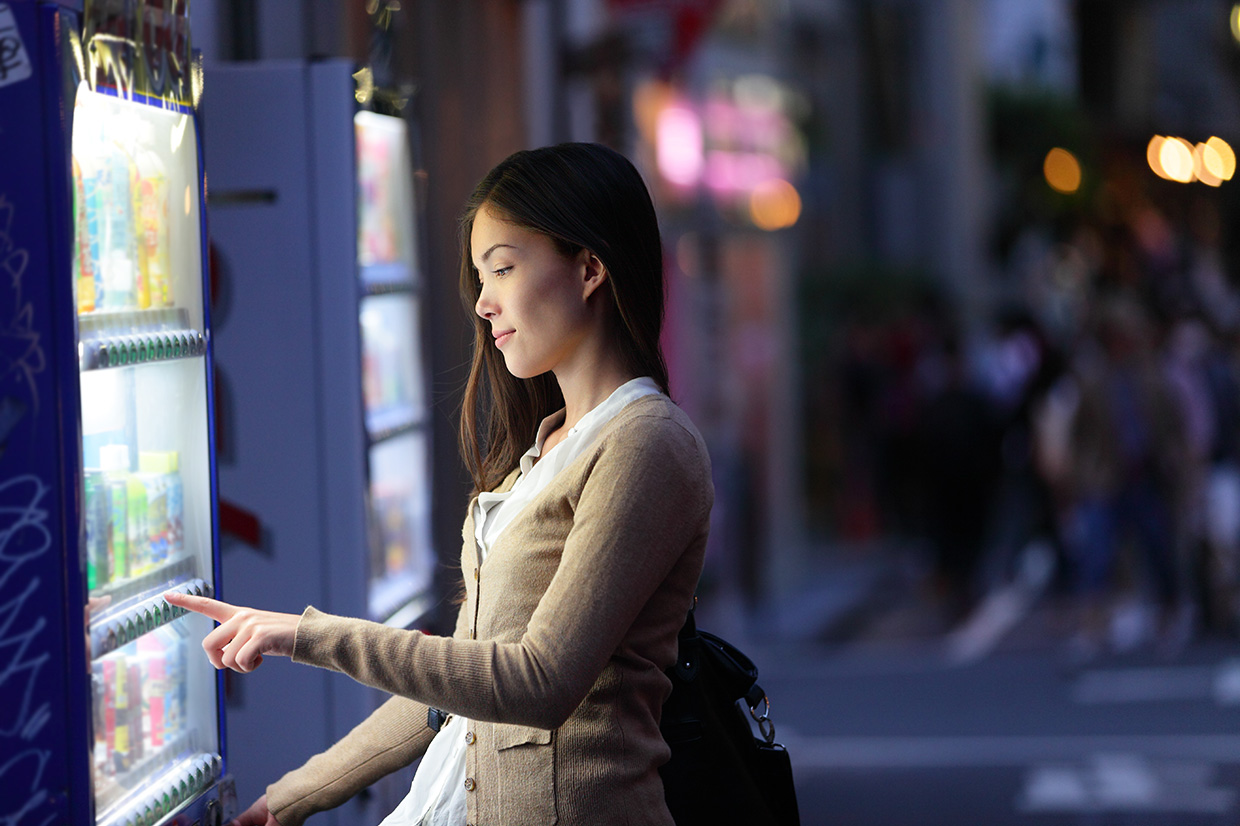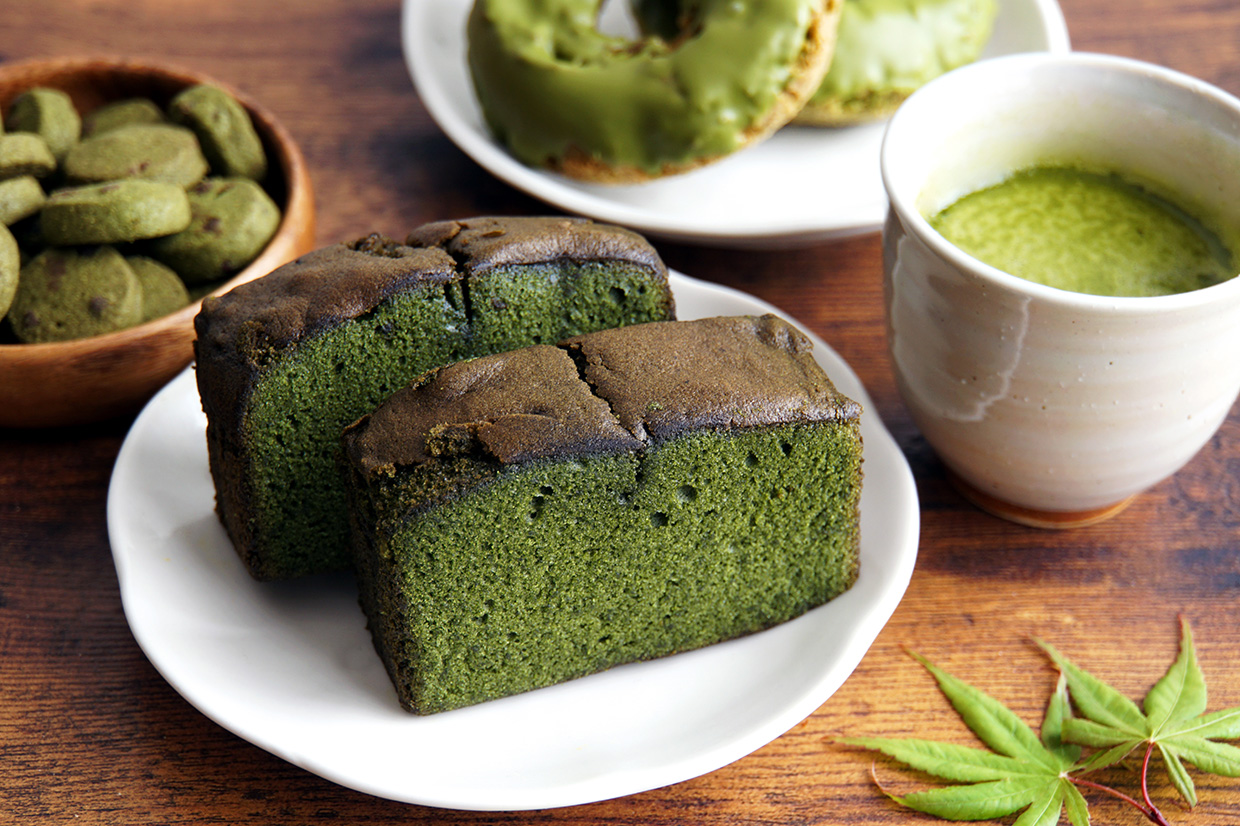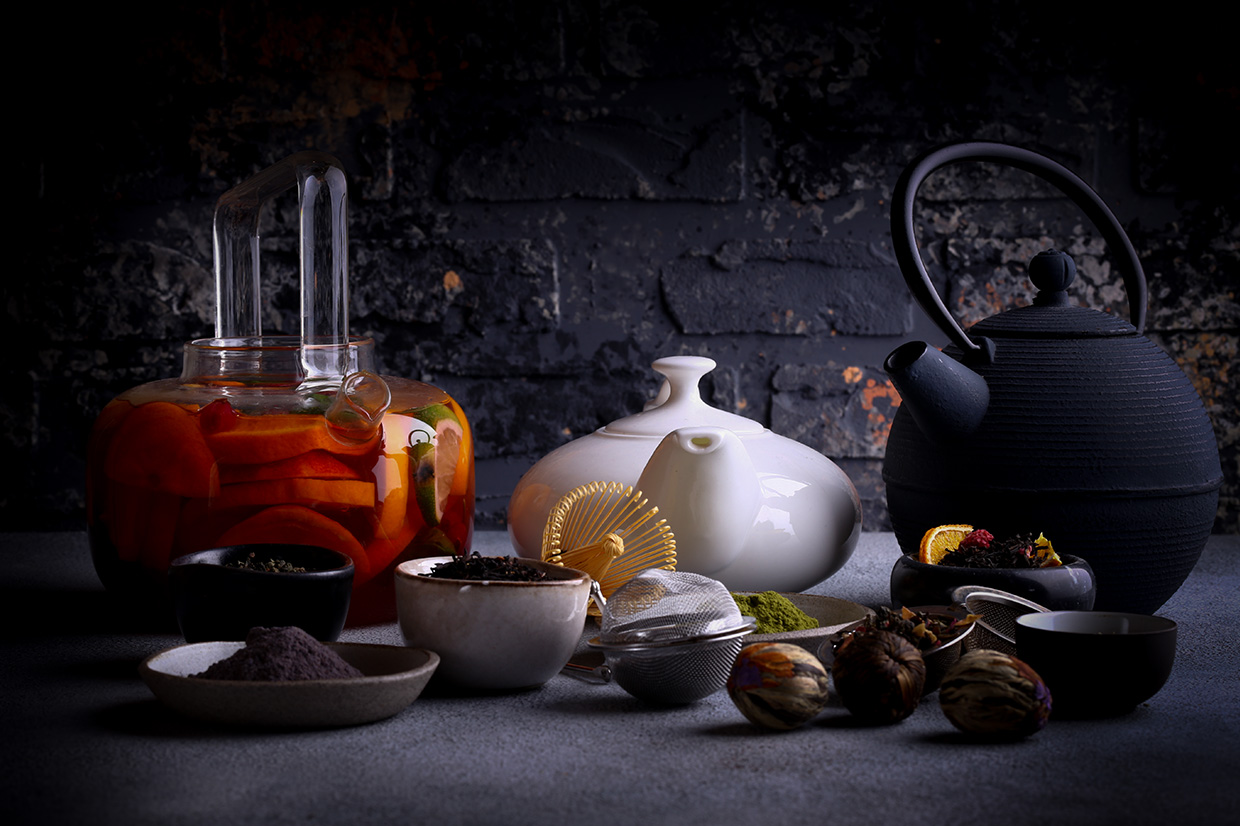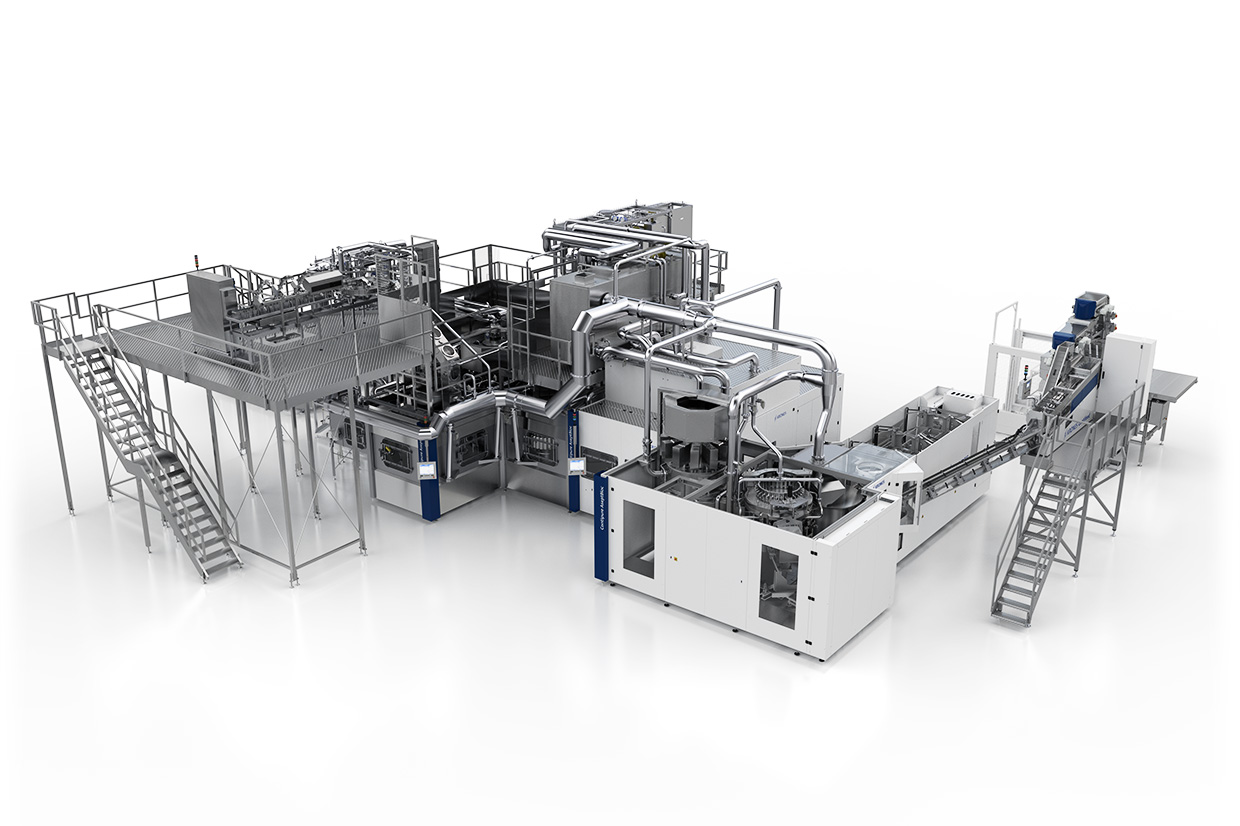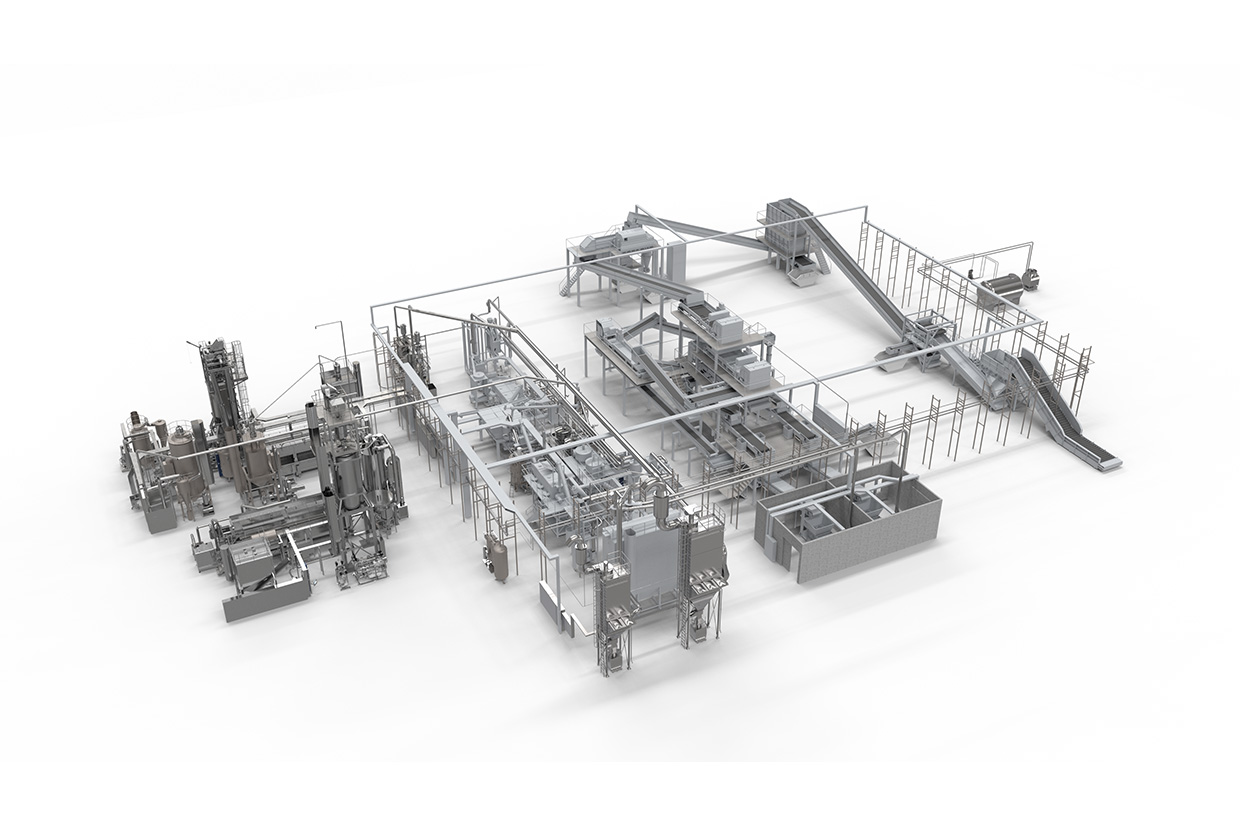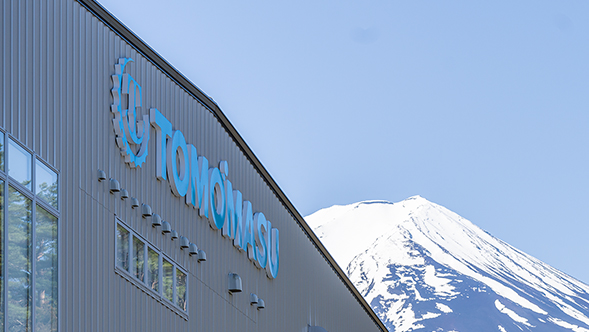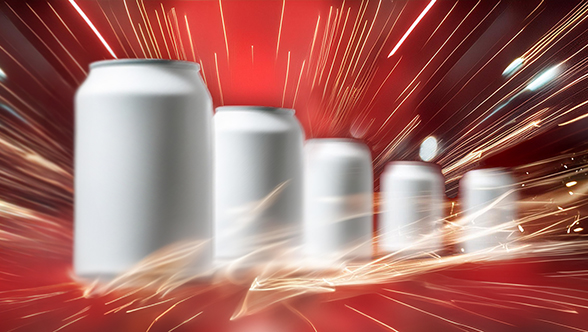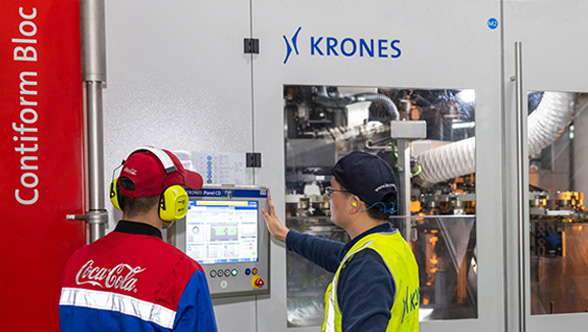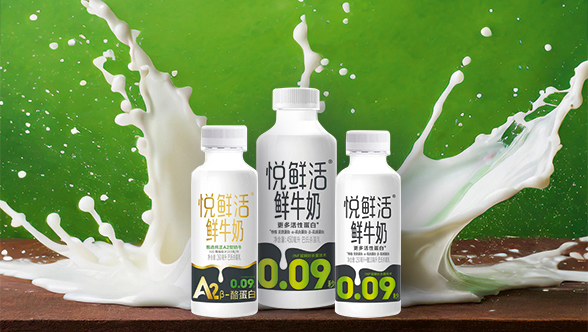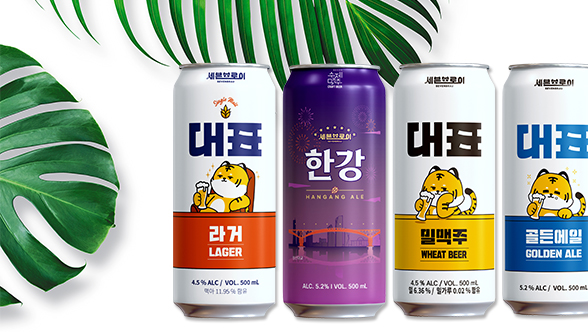Drinks that make you healthy and beautiful
Highly carbonated soft drinks and “health drinks” are a different kettle of fish altogether. They are ranked among the functional drinks and not meant to intoxicate like the Chūhais, but rather to help people boost their health and beauty – by fighting fatigue, for example, or improving digestion, reducing signs of ageing or promoting weight loss.
This trend comes as no surprise. People have developed a heightened awareness for a healthy lifestyle, which results in rising demand for beverages with optimum nutritional properties or – to put it simply – with beneficial effects on both body and mind. Products with such properties have been much sought after for quite some time now, and the pandemic has led people to focus even more intensely on wellness, immunity and stress relief.
The market research company Mintel describes three trends in this context.
People go for drinks that
- ensure their physical, mental and emotional wellbeing,
- satisfy their needs for upmarket quality,
- they can use to demonstrate they are part of a group.
The numbers attest to that: According to the IMARC market research company, the Japanese market for functional drinks grew substantially between 2015 and 2020. It is forecast to increase by another 13 per cent each year up to 2026. Global Data expects the Japanese beverage market in general to grow by 1.6 per cent by 2025.

